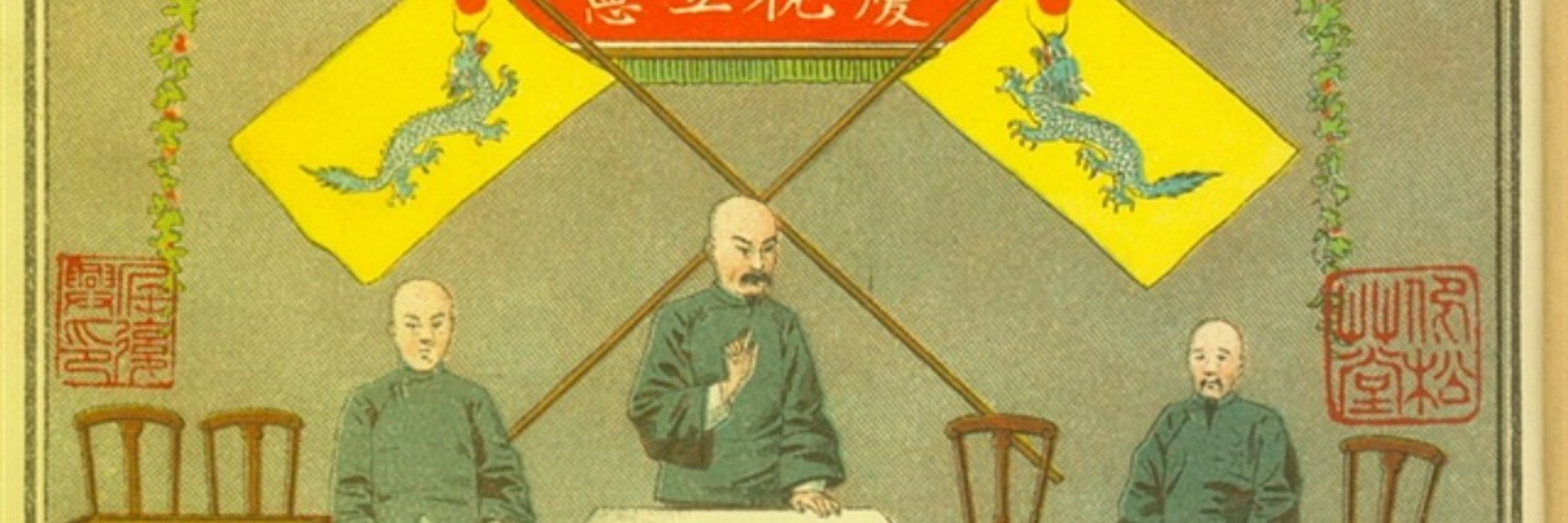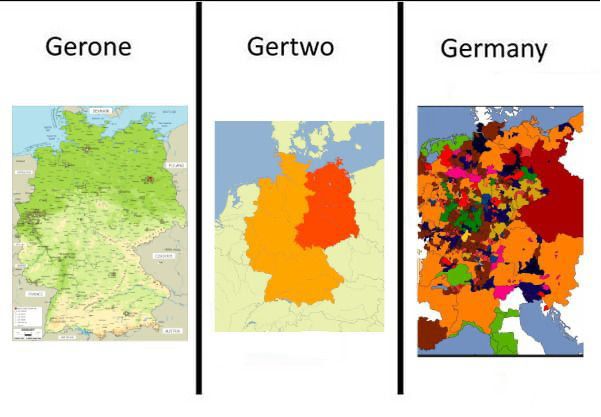
*Mais precisamente, a legação da República da China

*Mais precisamente, a legação da República da China


Late Qing Putin:

Late Qing Putin:
Notice how Berlin is titled Dejing 德京, ‘capital of Germany,’ which was common practice back then. 😁

Notice how Berlin is titled Dejing 德京, ‘capital of Germany,’ which was common practice back then. 😁

It's in the Codex Diplomaticus Cajetanus (edition from 1887).

It's in the Codex Diplomaticus Cajetanus (edition from 1887).


*A primeira linha está difícil de ler, o restante corresponde ao versículo 4:75 do Alcorão

*A primeira linha está difícil de ler, o restante corresponde ao versículo 4:75 do Alcorão



永珍 Wing5 Zan1 ('perpetual treasure') is Canto-based; the Mandarin phonetics are way off
萬象 Wanxiang ('myriad elephants'): the Mandarin-based PRC name is a semantic match for the Lan Xang ລ້ານຊ້າງ ('million elephants')

永珍 Wing5 Zan1 ('perpetual treasure') is Canto-based; the Mandarin phonetics are way off
萬象 Wanxiang ('myriad elephants'): the Mandarin-based PRC name is a semantic match for the Lan Xang ລ້ານຊ້າງ ('million elephants')
Btw nomos also has a Syriac > Arabic result, nāmōsā ܢܳܡܘܿܣܳܐ > nāmūs ناموس 😀
@kebuhcah.bsky.social

Btw nomos also has a Syriac > Arabic result, nāmōsā ܢܳܡܘܿܣܳܐ > nāmūs ناموس 😀
@kebuhcah.bsky.social



李富鹏,「欽定憲法大綱」 的禮儀淵源, 清史研究 5 (2025): 131-44.

李富鹏,「欽定憲法大綱」 的禮儀淵源, 清史研究 5 (2025): 131-44.
早唞啦大家!

早唞啦大家!






